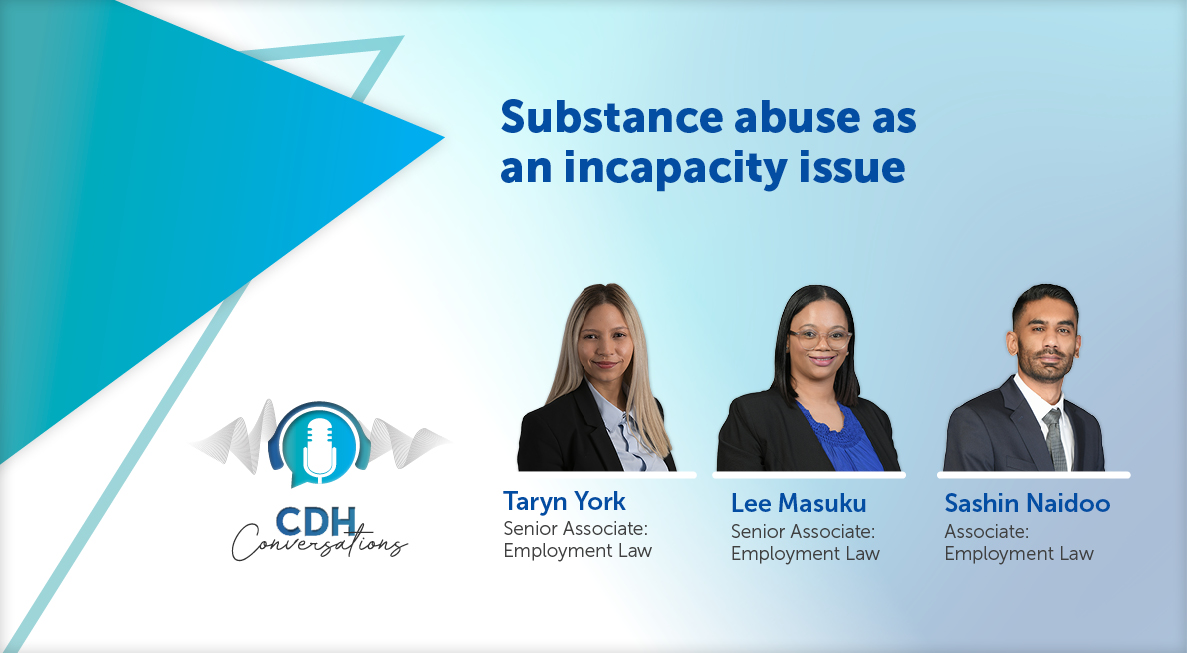Quiet hiring: The next employment trend?
At a glance
- "Quiet hiring" is a workplace phenomenon where employers avoid hiring new full-time employees and instead utilize existing skills and capacity within the organization or engage short-term contractors.
- Employers should consider certain factors when implementing a "quiet hiring" strategy, including clarifying job responsibilities and obtaining mutual agreement, assessing employee skills and providing necessary upskilling, ensuring sufficient support and capacity, addressing remuneration and benefits, and considering the impact on work arrangements and statutory regulations.
- The current economic climate, with slow growth and budget constraints, makes "quiet hiring" an attractive option for employers to minimize costs and maintain flexibility while avoiding future retrenchments.
Simply put, quiet hiring is the practice of an employer making use of existing skills and capacity within its organisation in a way that avoids the need to hire new employees. To some extent it can also refer to engaging the services of contractors on a short fixed-term basis.
The current economic climate is a difficult one. Continued slow economic growth, costly and time-consuming hiring processes, and the need to minimise expenditure and reduced or static budgets place financial pressure on most employers. Accordingly, quiet hiring is an attractive option in this context, and it provides the employer with the flexibility of leveraging resources efficiently and avoiding future retrenchments.
Things to keep in mind with “quiet hiring”
When employers embark on a “quiet hiring” strategy, it is important for them to take note of several factors, which we have outlined below:
- Many existing contracts of employment make provision for an employee accepting that their employer may adjust their roles and work responsibilities, provided that they are qualified to take on such work. Where this was agreed upon on entry into employment, the employee may not have anticipated the true reach of a concept such as quiet hiring. It was likely to have been an unknown concept at that time, which then takes the employee by surprise and may not reflect what the employee signed up for.
- When enhancing an employee’s job description, either by adding further duties or asking them to take on additional positions or projects, it is important to mutually agree on these terms. Furthermore, once there is agreement, it is strongly recommended that the terms are put in writing as an addendum to the existing job description and/or employment agreement. If it is a temporary setup, then be clear on the timelines.
- Assess an employee’s skills and capacity prior to requesting that the employee take on additional responsibilities or transition into additional roles. If there is a gap in skills, upskill the employee through relevant training and learning. The employee may appreciate the upskilling, which could also serve as a retention strategy and add value to the employer.
- Ensure that the employee has sufficient capacity and support to attend to the increased work portfolio and clarify the expectations of the enhanced role. This approach will reduce the possibility of employee frustration and burnout. There is a human cost to quiet hiring where the employer profits through significant cost savings at the expense of the employee’s free time and family responsibilities, and the additional load may in fact be intolerable and / or have an adverse effect on job satisfaction, employee wellness and mental health.
- Be clear on whether the increased work portfolio will result in an increase in remuneration or if there are any other benefits that the new role may offer (such as an improved possibility of promotion or a bonus). In this regard, employers may take additional advantage of the situation where the employee who is burdened with additional responsibilities is not adequately or appropriately remunerated. It gives rise to a debate about fair pay.
- If the organisation has a remote work, hybrid or flexible working arrangement with the employee, the employer needs to determine whether the new job description will affect this arrangement. The work times and place of work should be clarified and agreed upon to avoid uncertainty and unnecessary disputes between the parties.
If the employee earns below the statutory income threshold, the employer needs to be cognisant of the statutory regulation of working hours and overtime remuneration, which may be relevant with an increased workload.
The information and material published on this website is provided for general purposes only and does not constitute legal advice. We make every effort to ensure that the content is updated regularly and to offer the most current and accurate information. Please consult one of our lawyers on any specific legal problem or matter. We accept no responsibility for any loss or damage, whether direct or consequential, which may arise from reliance on the information contained in these pages. Please refer to our full terms and conditions. Copyright © 2025 Cliffe Dekker Hofmeyr. All rights reserved. For permission to reproduce an article or publication, please contact us cliffedekkerhofmeyr@cdhlegal.com.
Subscribe
We support our clients’ strategic and operational needs by offering innovative, integrated and high quality thought leadership. To stay up to date on the latest legal developments that may potentially impact your business, subscribe to our alerts, seminar and webinar invitations.
Subscribe




